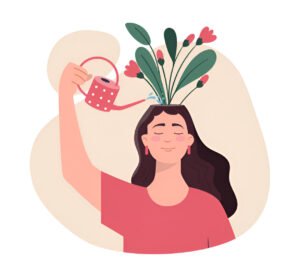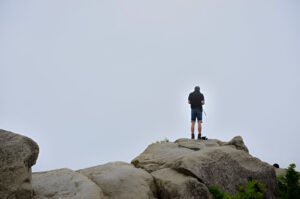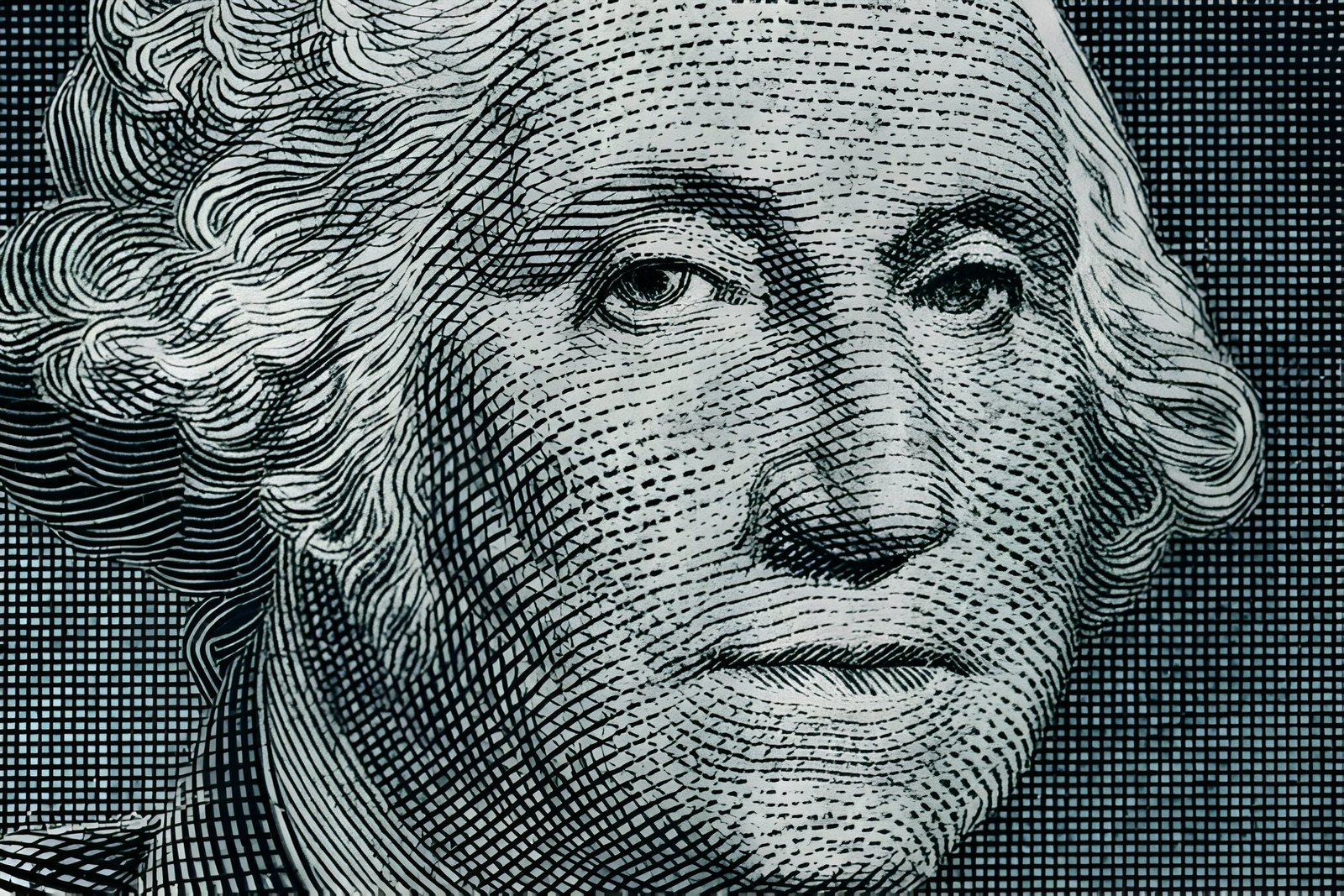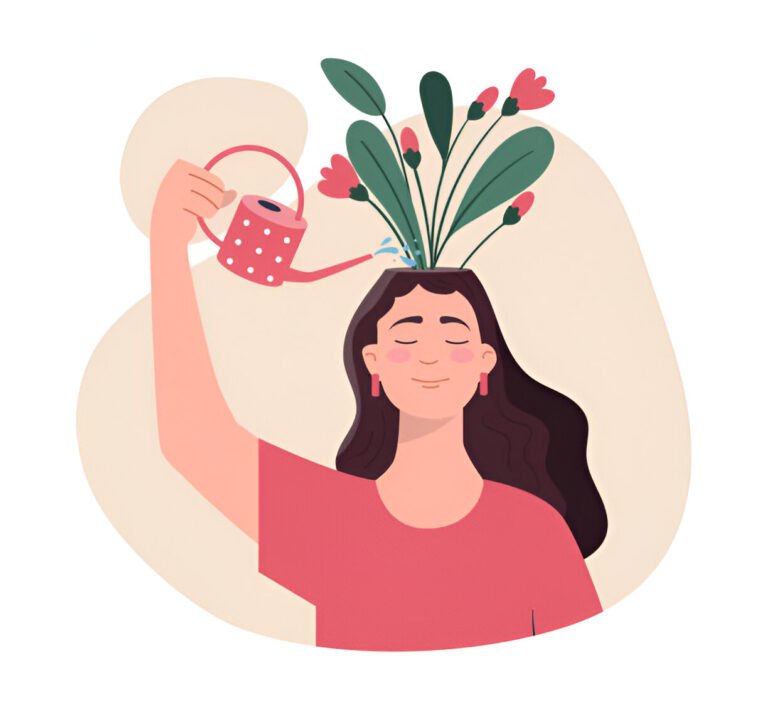Image Credit: ShutterStock
George Washington’s Mount Vernon estate holds a complex history, intertwining the life of America’s first president with the stories of those enslaved on his plantation. The George Washington slave quarters at Mount Vernon offer a window into the lives of the hundreds of men, women, and children who labored there. These structures, ranging from log cabins to the greenhouse slave quarters, provide valuable insights into the daily experiences and struggles of enslaved families during the Revolutionary War era and beyond.
Exploring the slave quarters at Mount Vernon sheds light on various aspects of plantation life. Visitors can gain an understanding of the living conditions, labor practices, and demographics of the enslaved population. The quarters also reveal stories of resistance, skilled workers like Hercules, and the impact of George Washington’s evolving views on slavery. Through artifacts and historical records, these spaces offer a chance to examine the complex relationships between the enslaved and their captors, as well as the eventual path towards manumission at Mount Vernon.
The Layout of Mount Vernon’s Slave Quarters
The slave quarters at Mount Vernon were spread across George Washington’s five farms, housing a population that made up roughly 90% of the plantation’s inhabitants by 1799. The layout of these quarters varied, reflecting the complex social structure and labor organization of the estate.
House for Families
The House for Families, constructed by the 1760s, served as the main dwelling for enslaved individuals at the Mansion House Farm. This two-story frame building, built on a brick foundation, featured two chimneys and glazed windows. It stood on the service lane north of the Mansion for approximately three decades. Archeological excavations conducted between 1984 and 1991 unearthed a brick-lined root cellar containing over 60,000 artifacts, including 25,000 animal bones, providing valuable insights into the daily life and diet of the enslaved community.
Greenhouse Slave Quarters
In 1793, most enslaved people at the Mansion House Farm moved to new quarters in brick wings flanking the Greenhouse. These quarters consisted of four large rectangular rooms, each measuring about 33 feet 9 inches by 17 feet 9 inches, totaling approximately 600 square feet of living space. Each room had a fireplace and glazed windows, potentially housing up to 60 individuals by 1799. This communal living arrangement was unusual for the time, as enslaved families typically lived in separate log cabins.
Outlying Farm Cabins
On George Washington’s four outlying farms, the standard housing for enslaved people consisted of log cabins. These structures were daubed with mud to protect against drafts and rain, often featuring exterior wooden chimneys made of mud-plastered sticks. The cabins came in two sizes: small one-room dwellings and larger “duplex-type” structures for two families, with separate entrances divided by a central chimney. Most of these living quarters were poorly constructed and described as “wretched” by a visitor in 1797.
Living Conditions in the Slave Quarters
The living conditions in George Washington’s slave quarters at Mount Vernon varied depending on the location and type of housing provided. These conditions reflected the harsh realities of enslaved life and the limited choices available to those in bondage.
Overcrowding and Lack of Privacy
On Mount Vernon’s outlying farms, enslaved people typically lived in one-room log cabins. These structures, measuring about 225 square feet, could house up to eight individuals. Some dwellings were slightly larger and divided into two rooms, each accommodating a different family. The cramped quarters offered little privacy, with people sleeping on pallets or directly on the dirt floor.
At the Mansion House Farm, many enslaved house servants and craftsmen resided in larger, barracks-style quarters. Initially, they occupied the two-story House for Families. Later, in 1792, they moved to the brick wings of the greenhouse, which contained bunkrooms. While these structures provided more efficient housing, they still resulted in crowded living conditions for the large number of laborers, primarily men, who worked near the Mansion.
Basic Furnishings and Amenities
The slave quarters were sparsely furnished and lacked many basic amenities. However, archeological excavations of the House for Families’ cellar trash pit have revealed artifacts that provide insights into the daily lives of its residents. Ceramic chamber pots were used, eliminating the need for nighttime trips to the outhouse. Some personal items, such as pieces of a box and the back of a brush, suggest that enslaved individuals possessed small treasured possessions.
Efforts to Create a Home
Despite the challenging circumstances, enslaved people made efforts to improve their living spaces. They acquired objects to add convenience and a small measure of comfort to their daily lives. Archeological findings indicate that they may have smoked pipes and played games like marbles during their limited leisure time. The discovery of tea bowls suggests that some enslaved individuals drank tea, a beverage associated with refinement. These small comforts and personal touches demonstrate the resilience and humanity of those forced to endure the harsh realities of enslavement at Mount Vernon.
Daily Life and Work of Enslaved People
The enslaved population at Mount Vernon typically worked from sunrise to sunset, with approximately two hours for meals. Winter workdays lasted around eight hours, while summer days could stretch to fourteen hours. Sundays were generally a day off, along with holidays like Christmas, Easter, and Pentecost. However, during critical periods such as fishing or harvesting, slaves had to work through their days off, often receiving compensation through cash payments or additional time off later.
Skilled vs. Unskilled Labor
Of the 316 slaves at Mount Vernon in 1799, 28% were skilled laborers. These individuals worked as house servants, blacksmiths, barrel makers, cooks, dairy maids, gardeners, millers, distillers, seamstresses, shoemakers, spinners, knitters, ditch diggers, wagon drivers, or postillions. Men held nearly 75% of these skilled positions. Almost three-quarters of the working slaves labored in the fields, with over 61% being women who hoed, plowed, harvested, and built fences. Physically disabled slaves often received less demanding jobs, such as making clothing or shoes.
Family Structures
Nearly two-thirds of Mount Vernon’s adult enslaved population were married by 1799. While these unions were acknowledged by the enslaved community and George Washington, they lacked legal recognition. Only 36 out of 96 married slaves lived in the same household as their spouse and children. Long-distance marriages were common, with couples often residing on different farms within the plantation or on other plantations entirely. These arrangements allowed for limited visitation on Saturdays, Sundays, and holidays.
Religious Practices
Enslaved people at Mount Vernon practiced various religious traditions, including influences from African and European customs. Some participated in organized Christian groups, with records showing baptisms at Bruton Parish Church in Williamsburg. By 1790, approximately one in twenty-three African Americans in Virginia had joined a church, with 80% being Baptists or Methodists. An enslaved man named Caesar served as a preacher among the local slave population. Evidence also suggests the presence of African religious traditions, including Vodoun and Islam, as indicated by names like “Fatimer” found in Washington’s records.
George Washington’s Evolving Views on Slavery
George Washington’s stance on slavery underwent significant changes throughout his life. As a young man, he inherited enslaved people and gained more through his marriage to Martha Custis. Initially, Washington viewed slavery primarily through an economic lens, considering it essential for his plantation’s success.
Early Attitudes
In his twenties, Washington managed Mount Vernon plantation, relying heavily on enslaved labor. He was not a lenient manager, connecting his farms’ success with the productivity of his enslaved workers. Washington provided poor living conditions and routinely separated families, prioritizing labor efficiency over human considerations.
Impact of the Revolutionary War
The American Revolution influenced Washington’s views on slavery. Exposed to Enlightenment ideals of liberty and equality, he began to question the institution. However, as a political figure, Washington prioritized national unity over abolition, expressing his desire for gradual emancipation through legislation only in private conversations.
Decision to Free His Slaves
By the 1780s, slavery weighed heavily on Washington’s conscience. He spoke of it as his only source of regret and expressed a wish to liberate his enslaved people. In his 1799 will, Washington decreed that all 123 of his enslaved individuals be freed upon Martha’s death, demonstrating his evolving moral stance on the issue.
Conclusion
George Washington’s Mount Vernon estate offers a compelling glimpse into the complex history of slavery in early America. The slave quarters, ranging from log cabins to the greenhouse quarters, shed light on the daily lives, struggles, and resilience of the enslaved population. These structures, along with archeological findings, have a profound impact on our understanding of the relationships between the enslaved and their captors, as well as Washington’s evolving views on slavery.
The exploration of Mount Vernon’s slave quarters provides a crucial opportunity to reflect on this challenging period in American history. By examining the living conditions, labor practices, and personal stories of the enslaved individuals, visitors can gain a deeper appreciation for the human cost of slavery. This historical insight serves as a powerful reminder of the importance of confronting difficult aspects of our past to build a more just and equitable future.
FAQs
- What were the living conditions like in George Washington’s slave quarters?
- Living conditions varied, with some enslaved people living in log cabins on outlying farms and others in larger, more crowded quarters at the Mansion House Farm. These quarters were generally basic and overcrowded.
- How many enslaved people lived at Mount Vernon during George Washington’s time?
- By 1799, approximately 316 enslaved individuals lived at Mount Vernon, which included the Mansion House Farm and four outlying farms.
- What types of buildings were used as slave quarters at Mount Vernon?
- The estate featured a variety of slave quarters, including log cabins on outlying farms, a two-story House for Families, and brick wings flanking the Greenhouse at the Mansion House Farm.
- Did George Washington ever free any of his enslaved people?
- Yes, George Washington’s will included a provision for the emancipation of his enslaved individuals after his wife Martha’s death. He freed one enslaved individual immediately and set conditions for the remaining to be freed later.
- What was the work schedule for enslaved individuals at Mount Vernon?
- Enslaved people typically worked from sunrise to sunset, with reduced hours in winter and extended hours during busy periods like harvest time. Sundays and certain holidays were usually days off.
- How did George Washington’s views on slavery change over time?
- Washington’s views evolved from seeing slavery primarily as an economic necessity to expressing moral concerns about the institution. By the 1780s, he began advocating for gradual emancipation.
- What types of work did enslaved individuals perform at Mount Vernon?
- Enslaved individuals performed various tasks, including field labor, housework, skilled trades (blacksmithing, carpentry), and roles such as cooks, gardeners, and seamstresses.
- How did enslaved people at Mount Vernon manage their living spaces?
- Despite poor conditions, enslaved people made efforts to personalize their living spaces with small comforts, such as personal items and communal activities like smoking pipes and playing games.
- Were there any skilled trades among the enslaved population?
- Yes, about 28% of the enslaved population were skilled laborers, working as blacksmiths, cooks, seamstresses, and other trades, contributing significantly to the plantation’s operations.
- What can visitors learn from exploring the slave quarters at Mount Vernon today?
- Visitors can gain insights into the daily lives, struggles, and resilience of the enslaved individuals, understand the complex relationships between enslaved people and their captors, and reflect on George Washington’s evolving views on slavery.
























Can you be more specific about the content of your article? After reading it, I still have some doubts. Hope you can help me.